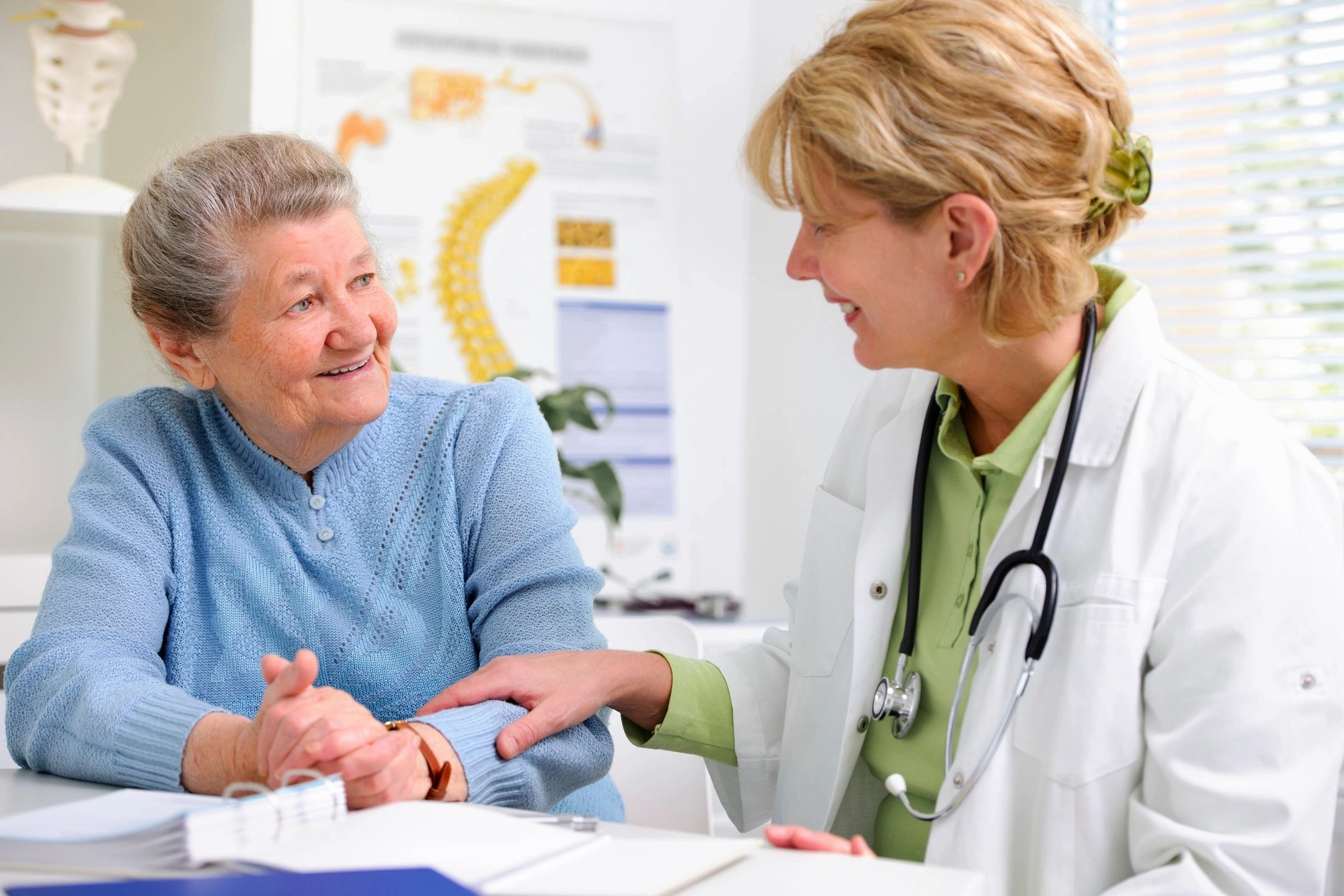
Published by DOH Aug. 11, 2020.
Requested actions
- Be aware Washington State Board of Health adopted an emergency rule on COVID-19 notification and reporting.
- Be aware of Washington State Department of Social and Health Services’ (DSHS’) Safe Start for Long-Term Care (LTC) recommendations and requirements for:
- Be aware facilities must meet all DSHS criteria to advance to a less restrictive phase.
- Be aware of new guidance on outdoor visitation at LTC facilities.
Background
Washington State Board of Health adopted an emergency rule on COVID-19 notification and reporting.
The emergency rule (WAC 246-101-017, WSR 20-16-121):
- Explicitly designates Novel Coronavirus (SARS-CoV-2), also known as Coronavirus Disease 2019 (COVID-19), as a notifiable condition.
- Requires healthcare providers, healthcare facilities, labs and local health jurisdictions to report race, ethnicity, preferred language and other essential information for cases or suspected cases of COVID-19.
Washington State Department of Health (DOH) will update its systems and provide additional information in coming weeks.
For more information on the emergency rule contact Kaitlyn Donahoe, Policy Advisor for Washington State Board of Health, at (360) 584-6737.
DSHS released a new Safe Start for Long-Term Care Plan. A summary is available.
Facilities and agencies must meet all DSHS criteria to advance to less restrictive phases.
- Safe Start for LTC, Full Plan:
- Nursing homes, intermediate care facilities for people with intellectual disabilities.
- Adult family homes, assisted living facilities, enhanced services facilities.
- Certified community residential services and support.
Each facility’s phase status is based on the general Safe Start plan but takes additional factors into account. Those additional factors include local virus activity, facility access to testing and personal protective equipment, and virus activity within the facility.
- Facilities will be held to Phase 1 if the local COVID-19 case rate per 100,000 residents exceeds 75.
- To reach Phase 2, the local COVID-19 case rate threshold is 25-75 per 100,000 residents. 28 days must have passed since the last positive or suspected client was identified within the facility. Adequate staffing, PPE, cleaning supplies, local hospital capacity are also required.
- To reach Phase 3, the local COVID-19 case rate threshold is 10-25 per 100,000 residents. 28 days must have passed since the last positive or suspected client was identified within the facility. Adequate staffing, PPE, cleaning supplies, local hospital capacity are also required.
- To reach Phase 4, the local COVID-19 case rate must not exceed 10 per 100,000 residents. 28 days must have passed since the last positive or suspected client was identified within the facility. Adequate staffing, PPE, cleaning supplies, local hospital capacity are also required.
- Facilities may not move beyond their county’s Safe Start Phase.
Additional resources
- Outdoor visitation guidance—DOH.
- Frequently asked questions—DSHS.
- Long-Term Care Professionals & Providers—DSHS.
- Safe Start for Long-Term Care, Phase Summary—DSHS.
- Safe Start for Long-Term Care, Visit Summary—DSHS.
COVID-19 test processing
Labs need different amounts of time to process COVID-19 tests. We encourage providers to use in-state labs.
Immediately report COVID-19
• All lab-confirmed COVID-19 infections are reported to the Washington Disease Reporting System whether tested through public health or commercial labs. Whatcom County Health Department then receives and reports the test results.
• Fax the COVID-19 Report Form to 360-778-6103 or you can leave us a non-urgent confidential report on our 24-hour Communicable Disease Report Line, 360-778-6150.
*Provider consultation with Whatcom County Health Department Communicable Disease staff is available at (360) 778-6100 during hours of 8:30 am-4:30 pm. For consultation after hours, call (360) 778-6100 and follow directions to connect with the Health Department’s Answering Service
Patient communication
Share these materials with patients.
- What to do if you have COVID-19.
- What to do if you may have been exposed to COVID-19.
- What to do if you have symptoms of COVID-19 and haven’t been exposed or tested.
